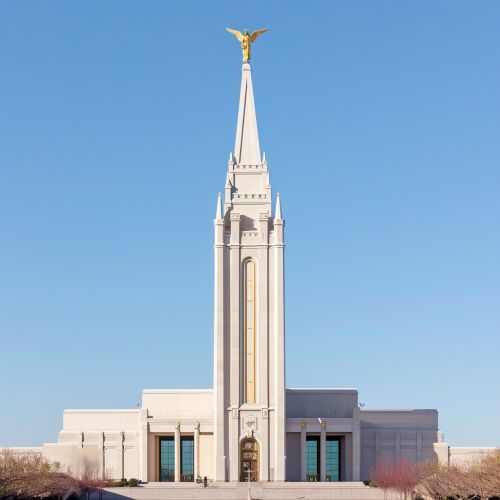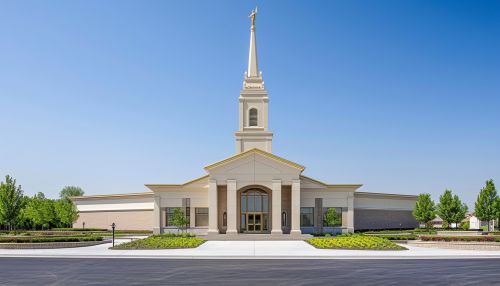Mormon Church
History
The Latter-day Saint movement began with the publishing of the Book of Mormon in March 1830 by Joseph Smith, Jr. The church was formally organized by Joseph Smith on April 6, 1830, in western New York. Initial converts were drawn to the church in part because of the newly published Book of Mormon, a self-described chronicle of indigenous American prophets that Smith said he had translated from golden plates.


Smith later established a theocratic city called Nauvoo in Illinois, which became the church's new headquarters. After Smith's death in 1844, a succession crisis led to the organization splitting into several groups. The largest of these, led by Brigham Young, migrated to the Great Basin in what is now Utah and became known as The Church of Jesus Christ of Latter-day Saints (LDS Church).
Beliefs and practices
The LDS Church shares various religious doctrines with other branches of Mormonism, including use of and belief in the Bible, as well as in other religious texts including the Book of Mormon and Doctrine and Covenants. It also accepts the Pearl of Great Price as part of its scriptural canon, and has a history of teaching eternal marriage, eternal progression, and theosis. The church practices baptism for the dead, eternal marriage, and the law of chastity.
The church is organized in a hierarchical priesthood structure administered by men. Latter-day Saints believe that Jesus leads the church through revelation and has chosen a single man, called "the Prophet" or President of the Church, as his spokesman on the earth. While there have been many women who have held influential roles in the church, the church's priesthood and leadership roles are primarily held by men.
Organization and structure
The LDS Church is divided into stakes and wards, with a stake being comparable to a diocese in other Christian denominations, and a ward being comparable to a parish. Each stake is presided over by a stake president and two counselors, while each ward is presided over by a bishop and two counselors. The church also has a system of area presidencies, which oversee the stakes and missions in a given geographical area.
At the global level, the church is overseen by the First Presidency, consisting of the President of the Church and his two counselors, and the Quorum of the Twelve Apostles. The President of the Church is both the religious leader and the head of the corporation that constitutes the church.
Cultural practices
Cultural practices of the LDS Church include a strong emphasis on family life, a focus on education, humanitarian service, and a prohibition against consuming alcohol, tobacco, coffee, and tea. The church also promotes a moral code called the law of chastity, which prohibits sexual relations outside of heterosexual marriage and sexual thoughts outside of such a marriage.
The church encourages members to be self-reliant and provides programs to assist those in need. It also encourages members to store a three-month supply of food and water, as well as financial savings.
Criticisms and controversies
The LDS Church has been subject to criticism and controversy since its early years. Criticisms include issues regarding the historical authenticity of the Book of Mormon, as well as issues related to race, gender, and LGBTQ+ rights. The church's stance on social issues has also been a source of controversy.
